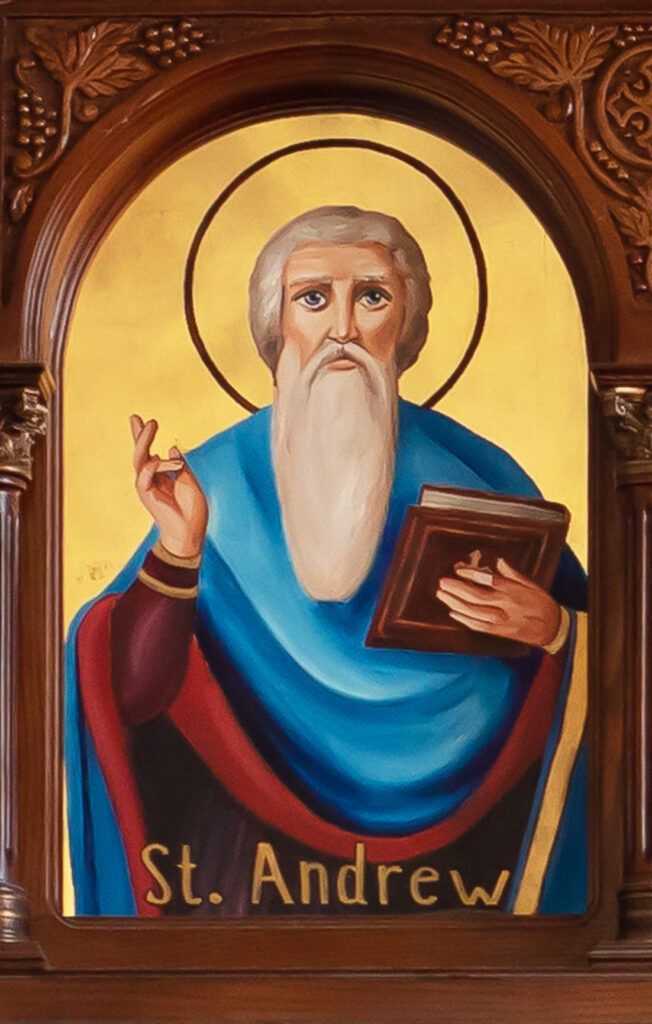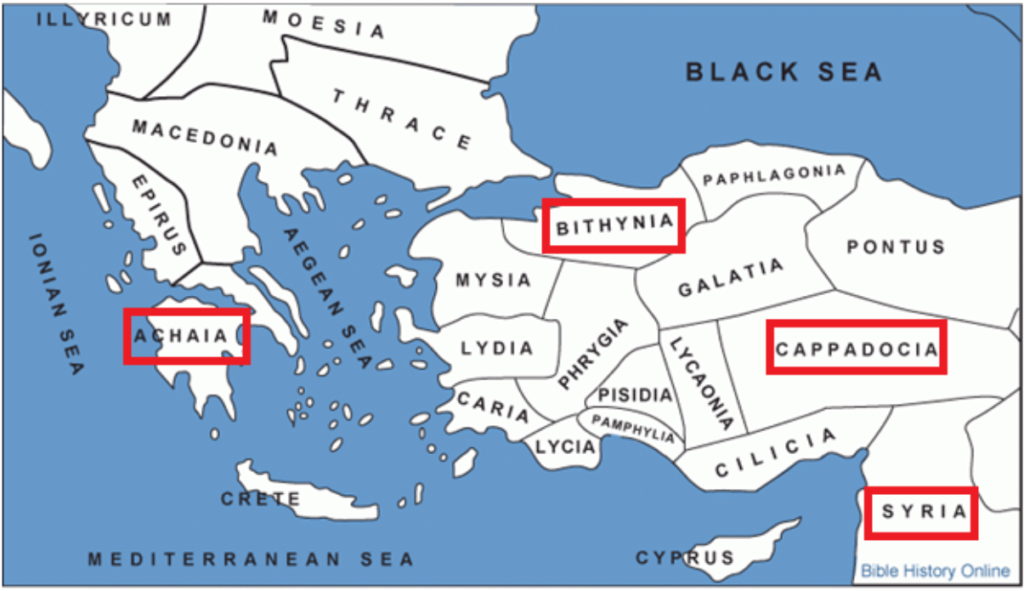
" 'We have found the Messiah' (which is translated, the Christ)."
(John 1:41)


"Their idols are silver and gold, The work of men's hands. They have mouths, but they do not speak; Eyes they have, but they do not see; They have ears, but they do not hear; Noses they have, but they do not smell; They have hands, but they do not handle; Feet they have, but they do not walk; Nor do they mutter through their throat. Those who make them are like them; So is everyone who trusts in them"
(Psalm 115:4-8)
“Do not fear or worry for the time of your departure from this world is near."